Mold is a nasty thing no matter where it develops in your house, but mold in your basement poses even more danger since it is often pretty hard to notice there.
Nevertheless, it doesn’t mean you need to neglect the necessity of basement mold removal! The sooner you get rid of it, the safer your home will be. But to be able to do this, you need to know what your enemy looks like.
What does basement mold look like?
This is exactly what we will tell you about today.
In this article, you will find a detailed description of the basement mold appearance. Also, we will tell you how you can identify it even when it has just started to spread and can’t yet be properly seen. Finally, you will learn what to do in order to eliminate mold in your basement.
What Does Nasty Mold Look Like On Basement Walls?
To be able to get rid of mold on your basement walls, you need to know what to look for. Since mold is very often found in wet and moist places, as well as on surfaces that retain moisture instead of drying properly, it can often be found in the basement.
Your basement is the ideal breeding ground for this nasty thing because of the conditions it provides: it is damp and dark there, and the temperature in an average basement is typically above 40 degrees Fahrenheit. Add the fact that basements are also often unventilated or very poorly ventilated, and you get a perfect place for humidity to stay and progress in. As a result, it becomes an ideal spot for basement mold to grow.
A good way to identify the presence of basement mold or mold in your home is to search for a yellow or pink stain on the wallpaper, drywall, or wood. If you see this stain, that often means there is mold growing in that area.
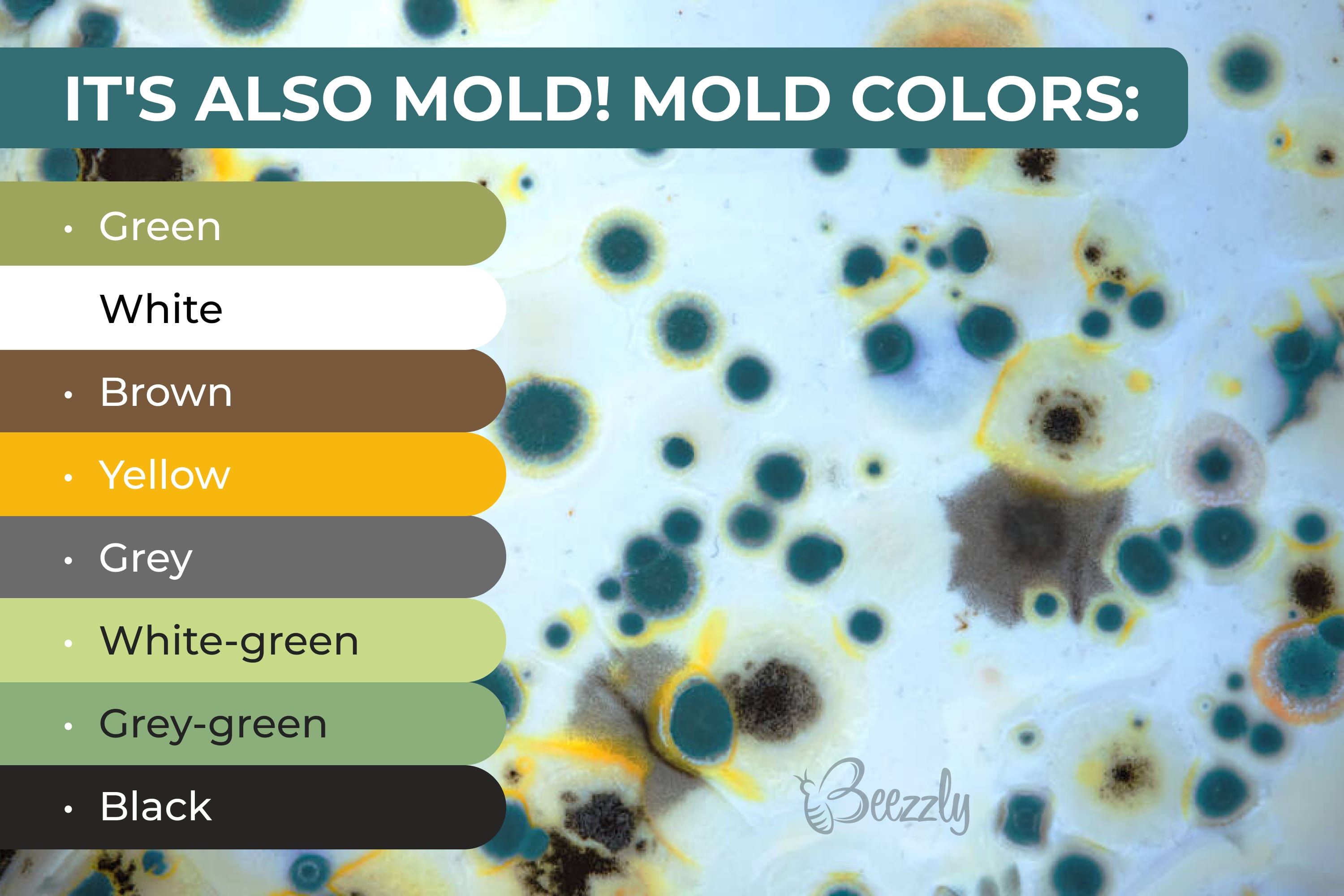
As for the mold appearance, it can be different depending on the type of mold you are dealing with. Its texture may vary, ranging from slimy to fluffy. Mold may also come in many different colors:
- black
- green
- white
- brown
- yellow
- gray
- white-green
- gray-green
But even the same kind of mold may have different colors!
For example, you have probably heard of black mold which is one of the most toxic types of mold. This one is easy to define since it will often be slimy to the touch.
In addition, its color is also easy to recognize: black mold has a dark color that tends to shift from green to black (or even gray).
You may also have mold that is called furry growths. It’s the type of mold that looks like the one that usually grows on food. Typically, mold colonies of this species will grow in round patterns.
Also, this kind of mold has a somewhat “fluffy” surface that resembles fur. This kind of mold can also have different colors, but mostly it is white-green or greenish-gray with white spots.
Why is it important to be aware of how to identify mold?
Mostly because not all mold is toxic and you need to know how to define the relatively safe species from those that must be treated with great caution.
For example, the type of mold you see on your food might not hurt you, but black mold is highly toxic. But still, even with the “safe” food mold, it doesn’t mean you might want to eat it, and for sure, you don’t want it in your home or basement!
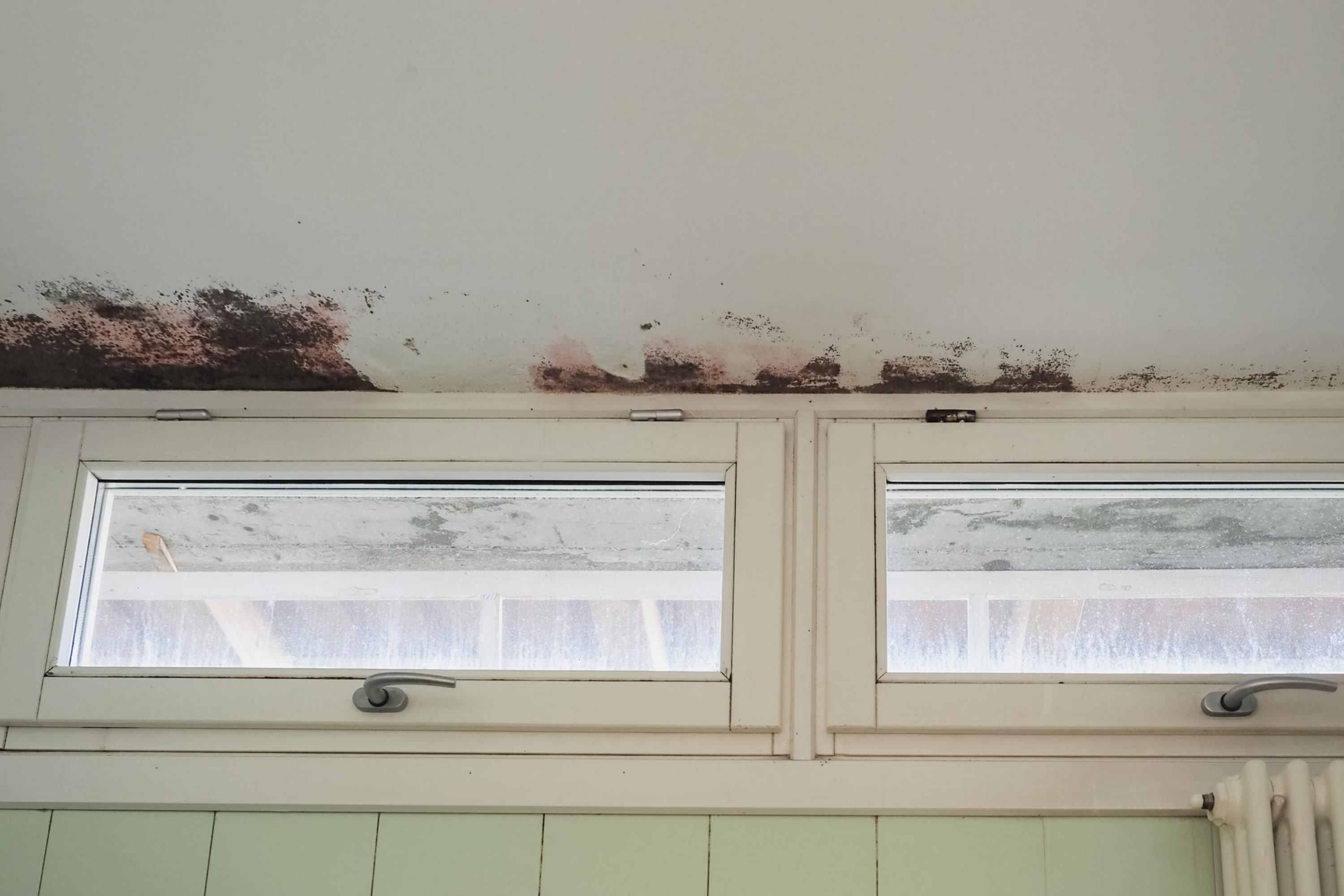
What Is the Smell Of Mold In the Basement?
Smelling mold is actually the same effective way of spotting it as seeing it. In addition, finding mold by its odor can even be more effective since smell appears earlier than you start seeing those moldy spots on your walls and/or ceilings.
Mold mostly has a musty, mildew-like, and dirty odor. That’s the simplest way to describe it. If you walk into your basement and sense what can be described as an unclean, earthy scent, it’s very likely that you have some type of mold growing there.
Well, now you know what mold looks like in your basement and how you can define it there. You know how mold smells and how it looks, you know what color it may have and also, you have learned that not all mold species are harmful.
Nevertheless, once you have even the smallest suspicion of having mold growth in your basement, the entire area must be examined and mold must be found and eliminated!
How to Identify Mold On Basement Walls?
Now you may have only one question which sounds like this: how do I check for mold in my basement? For this purpose, you will need to know a few signs of mold in basements, and you can check those out below. Like this, you will have a complete understanding of the task.
Try to Sense the Smell of Mold In Your Basement
As you already know, the smell is one of the first and the most obvious indicators that will tell you the basement has mold. So you just need to go to your basement and take a good sniff.
Do you sense something that smells musty, dusty, or earthy?
Then it is very likely that there is mold hiding in your basement. Also, you may sense the smell of wet wood or dirty socks, which are among the typical moldy odors that you can sense in the basement that’s exposed to mold.
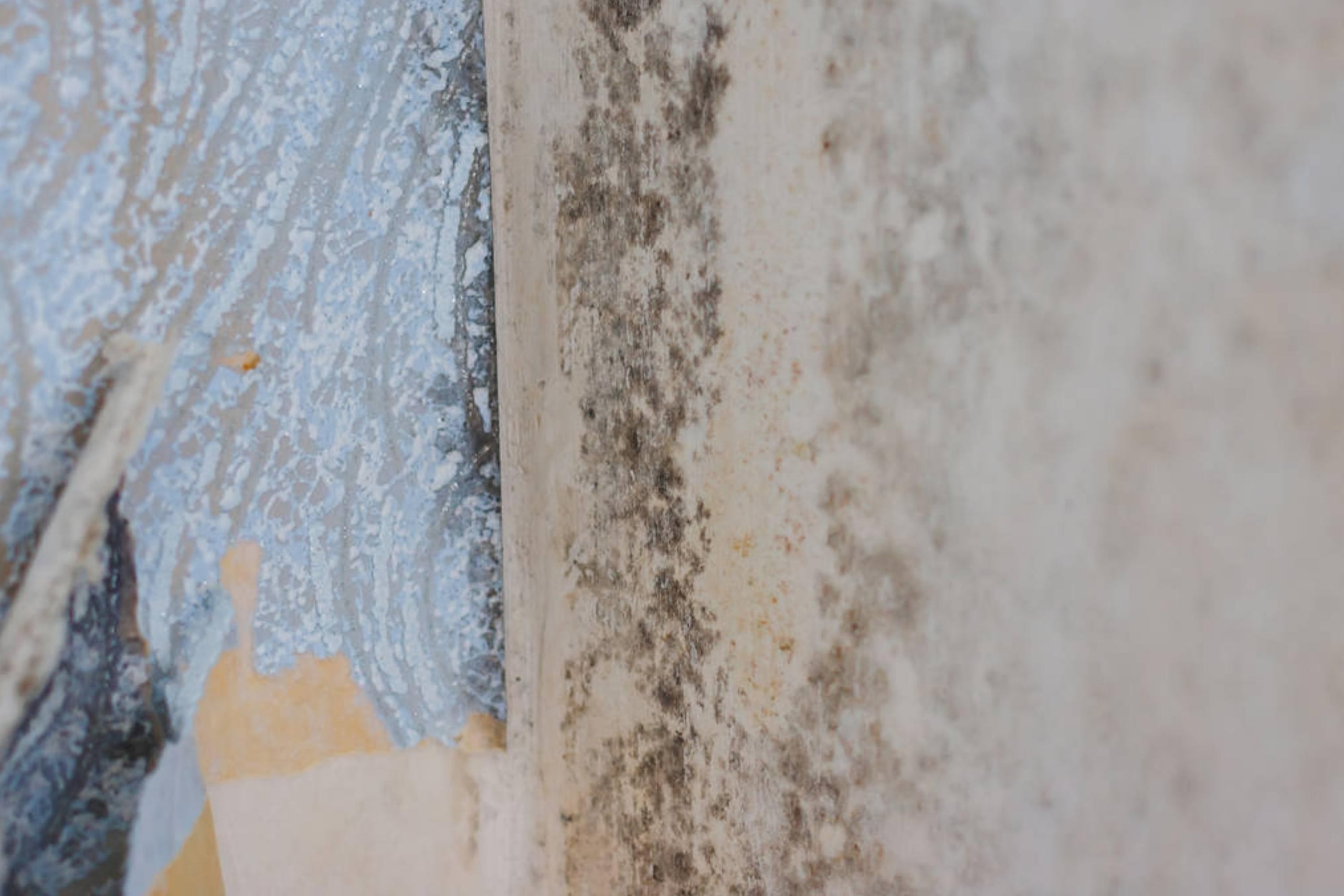
Identify Areas Where Mold May Grow Faster
Once you smell mold, it’s time to hunt it down! Start with the areas where your smelly enemy may hide most likely.
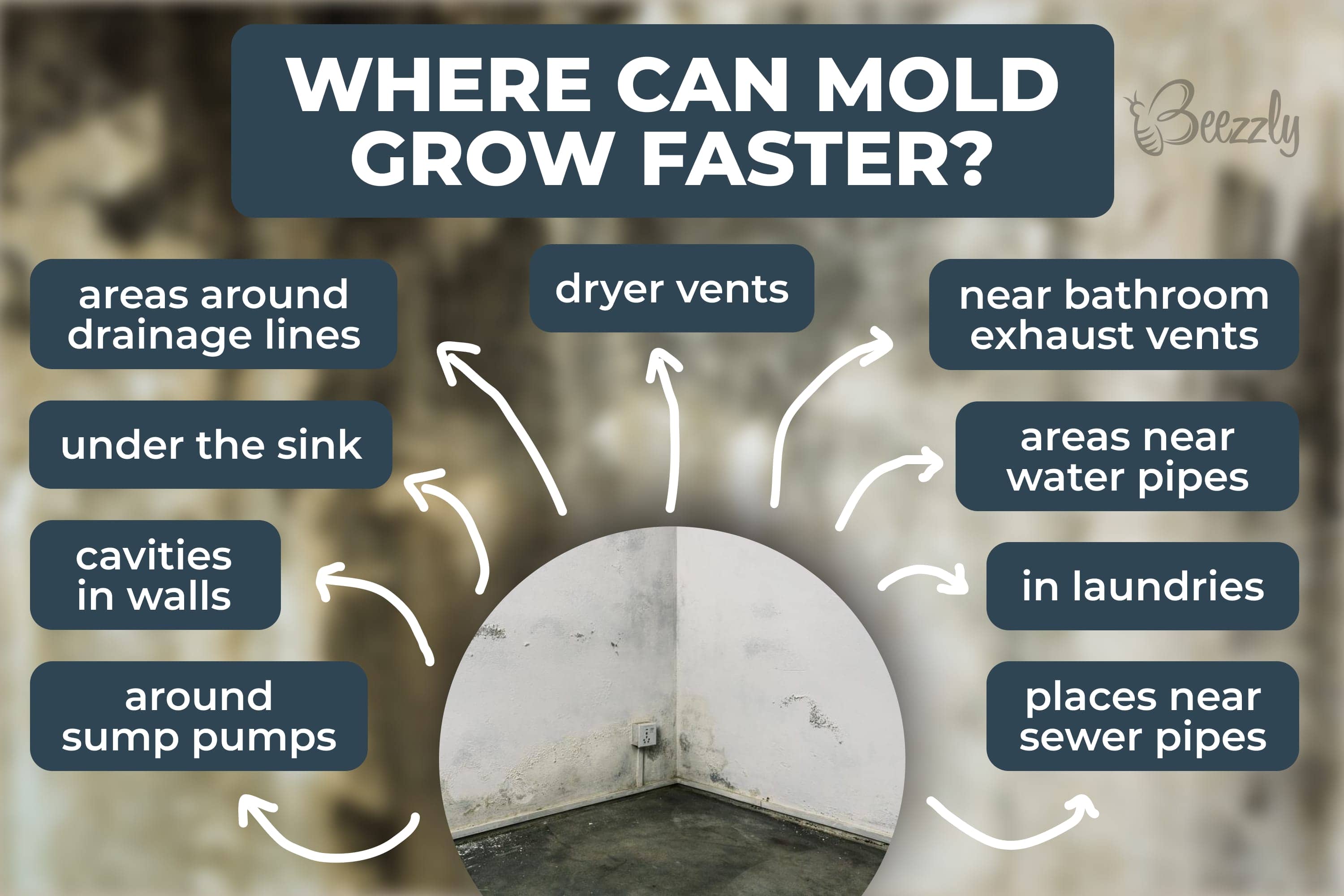
Those include:
- areas near water supply pipes
- areas around water drainage lines
- spots close to sewage pipes
- anywhere near dryer vents
- in laundry rooms
- under sinks
- near bathroom exhaust vents
- around sump pumps
- inside wall cavities
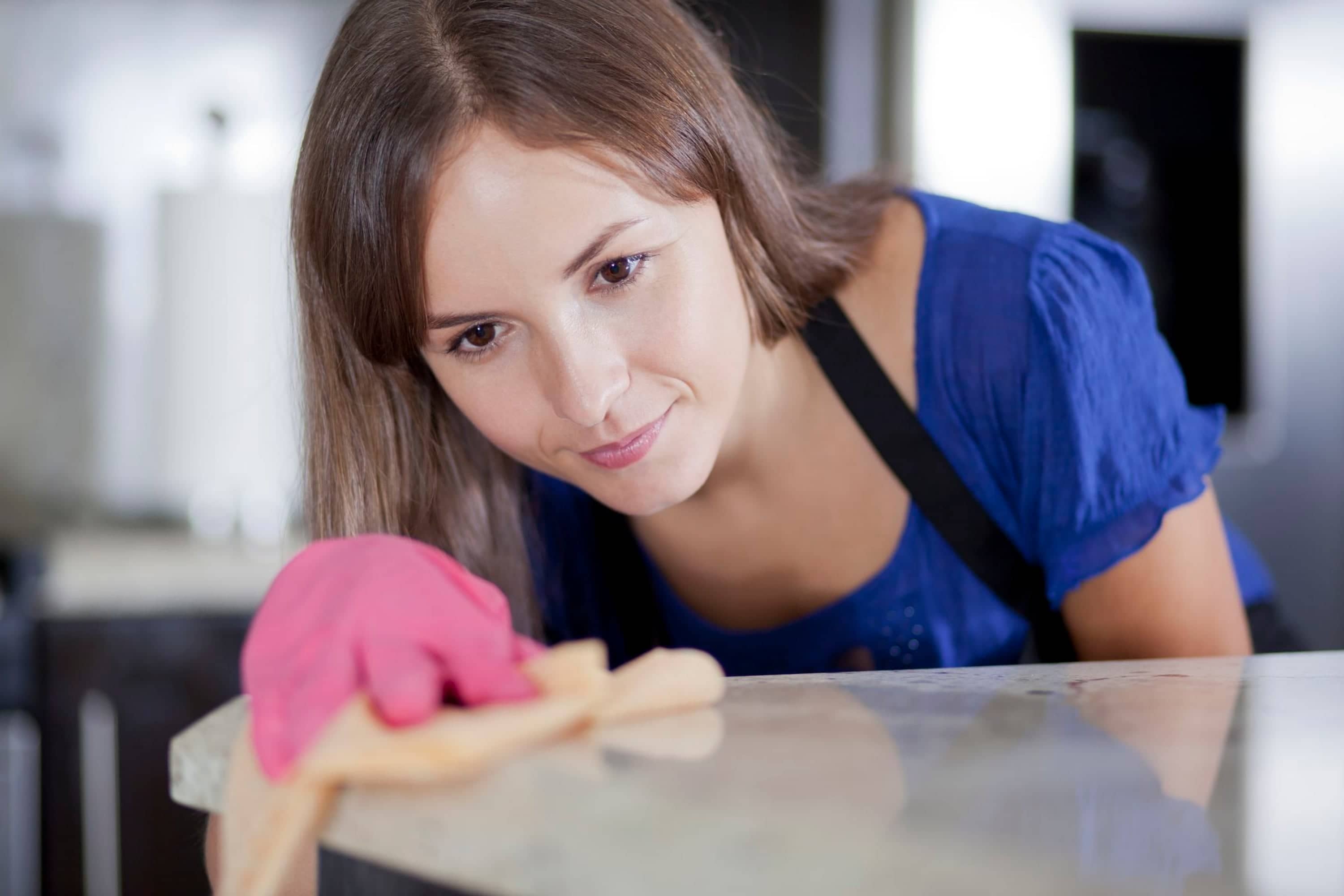
Visually Locate the Mold
If mold has grown and spread, you may be able to see it with the naked eye. Turn on the work light and search for any signs of mold on the basement walls. Those would typically include:
- small black speckles
- black and/or green dots
- areas that look like burn marks
- large areas that look “dirty”
Make a Test For Mold With the Help of Bleach
You may also want to undergo a simple bleach test. Combine 1 part bleach with 10 parts water in a glass container, mix well, and dab the cotton swab in the mixture. Run the swab across the area where you suspect mold.
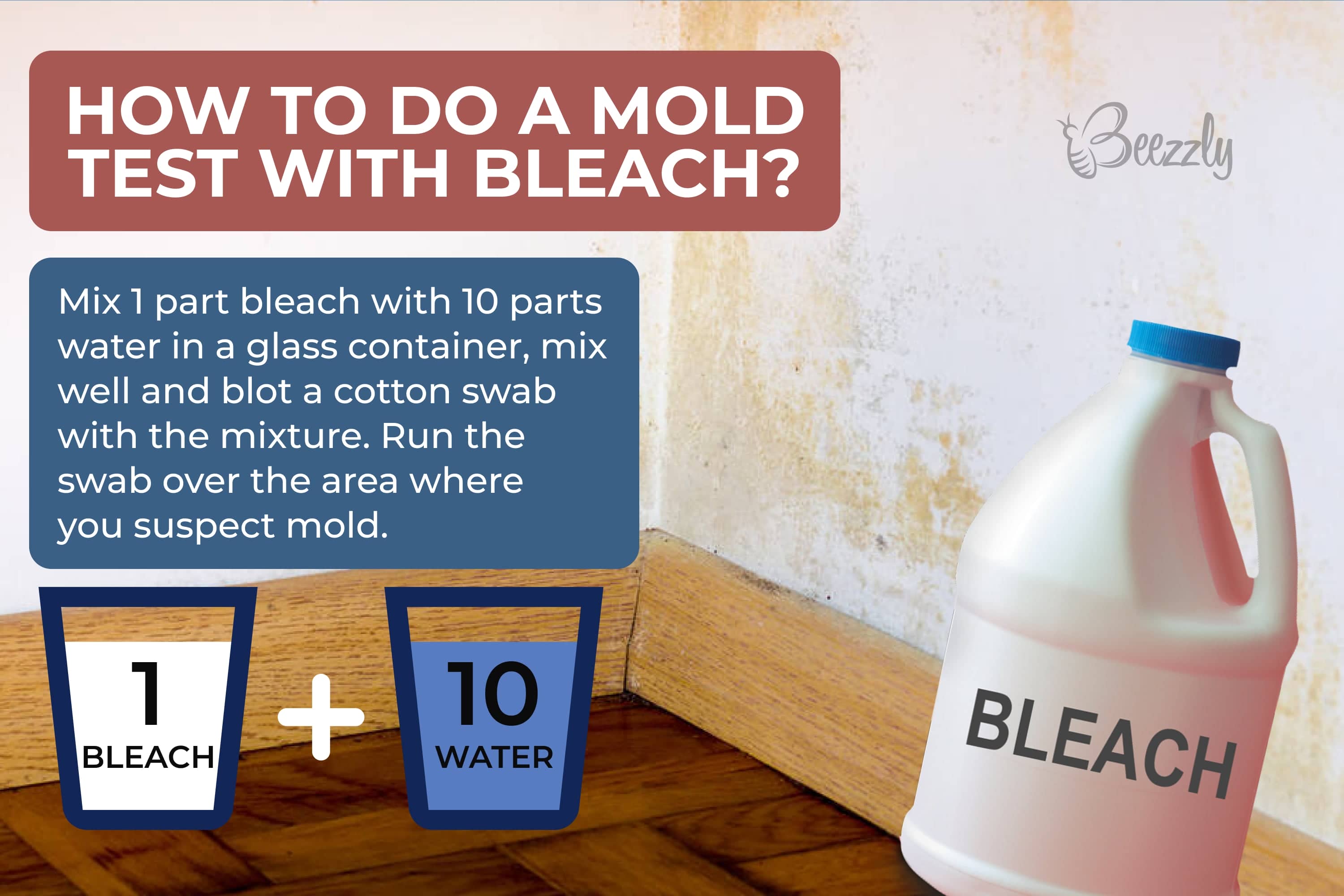
If the surface is simply dirty, the bleaching mixture will not make it change color. But if that “dirt” is actually mold or mildew, the bleached area will lighten.
With this list of tips and life hacks, you will be able to spot mold even if it has just started to grow on your basement walls.

How to Treat Mold On Basement Walls?
After you make sure you really have mold on your basement walls, you need to decide how it will be eliminated. Note that, if you have black mold, it must only be removed by a professional!
This mold is highly toxic and you may cause way more harm to yourself and your whole household should you try to deal with it on your own!
But if you identify mold in your basement as the safe one, it could make sense to try and get rid of it with a homemade remedy first.
Especially if the exposed area is not big. For that, get all the necessary stuff ready.
You will need the following equipment and tools:
- Cotton swabs
- Glass container
- Work light
- Screwdriver
- Wet/dry vacuum
- Sponge
- Personal protective equipment
Materials you will need include the following:
- Household bleach
- Garbage bags
- Plastic sheeting
- Duct tape
- Mold remover spray
Below, you can read a detailed guide on how to eliminate mold with all you have collected.
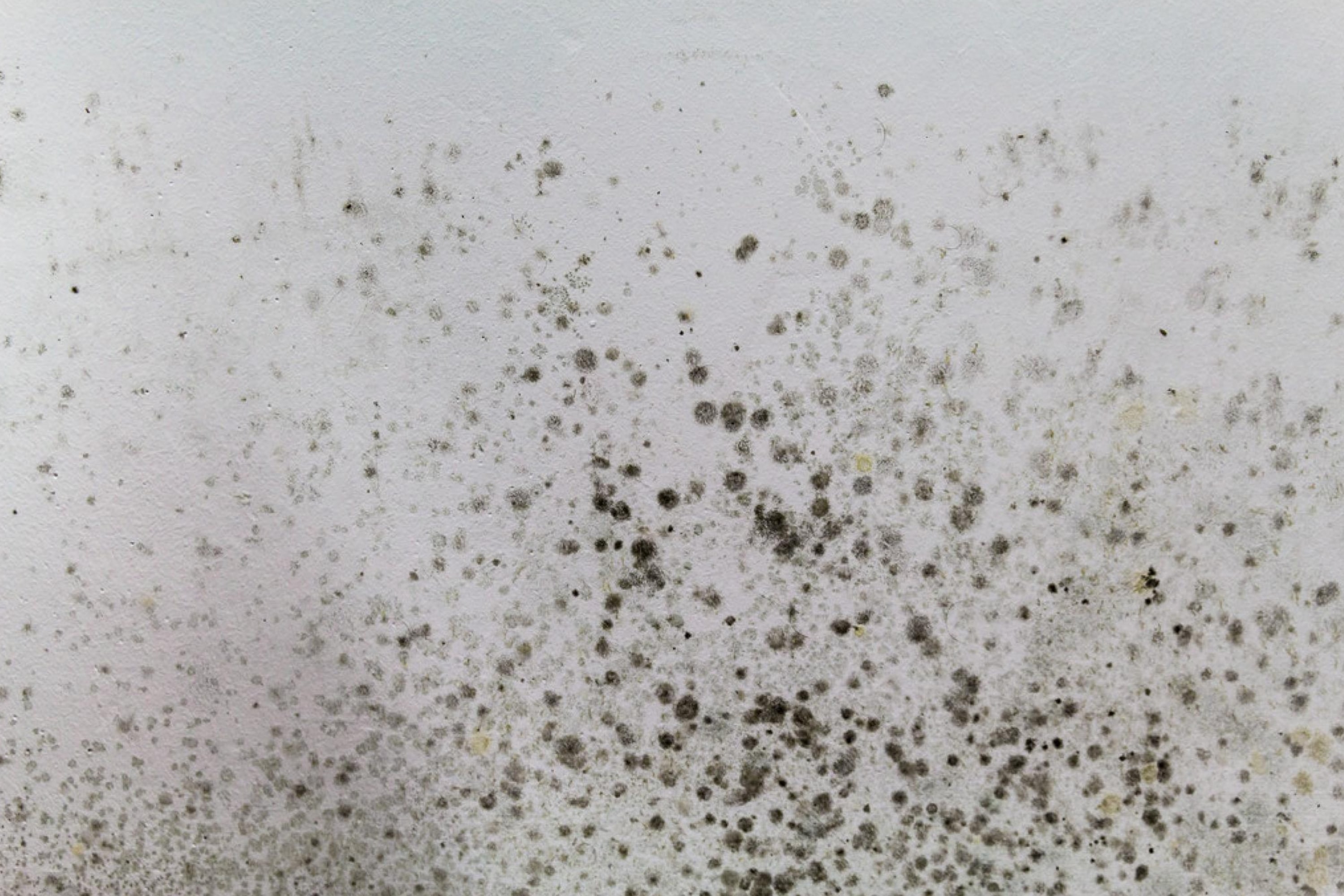
Get the Work Area Ready
First of all, you need to get the area ready for work. Ventilate the basement if you can. You may want to use a box fan for that, directing the airflow toward the outside. Next, tape plastic around the moldy area.
Finally, make sure the HVAC system or furnace is turned off! It will allow you to avoid transporting mold spores throughout the rest of the house.
Dry the Moldy Area
Your next step is to make the area dry. To vacuum up water, you can use the wet/dry vacuum. For other moisture, just increase the heat in the basement, turn on dehumidifiers, and leave the fan running until the area is completely dry.
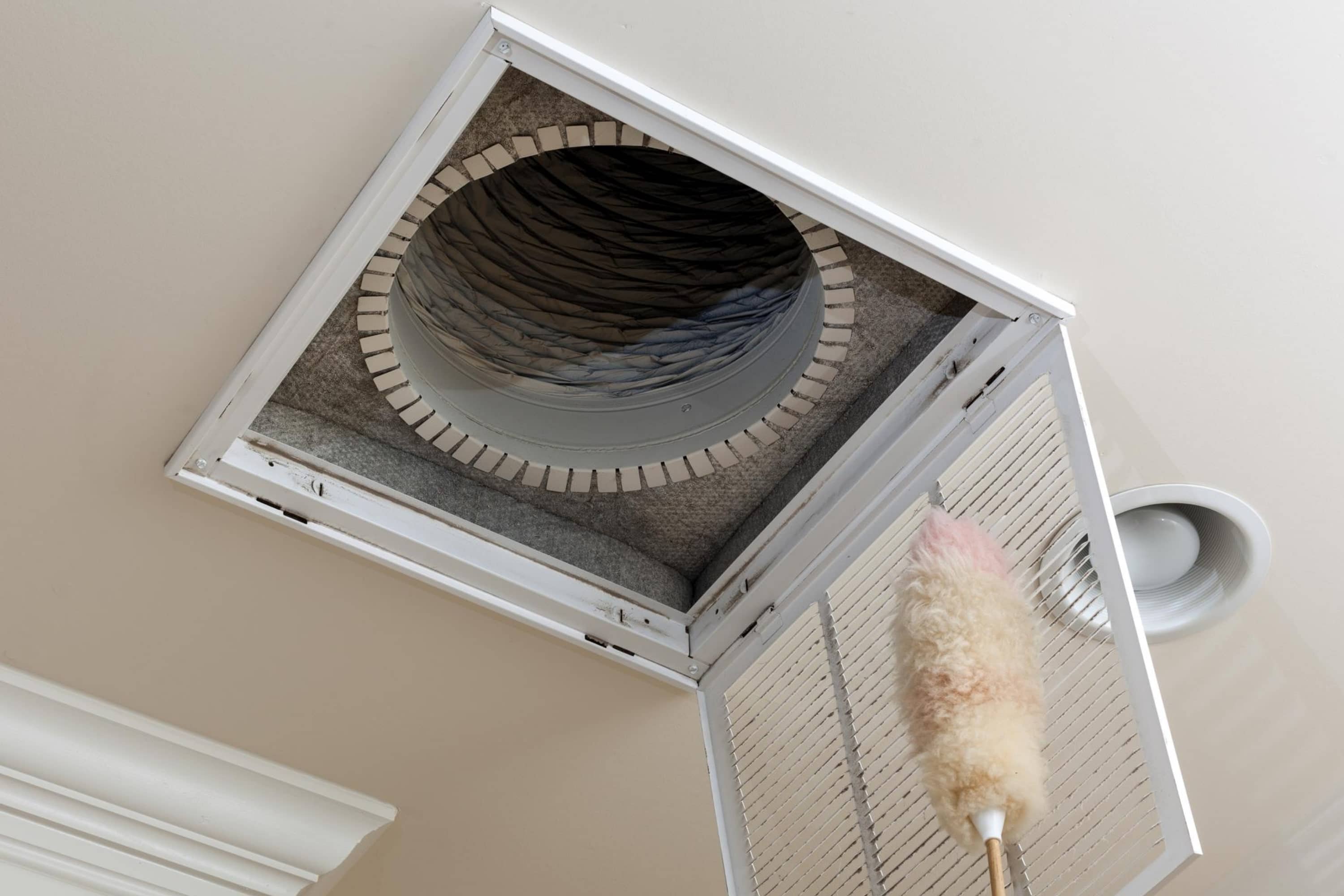
Apply Mold Remover to the Affected Areas
Now all the areas of your basement that have mold on them must be sprayed down with the mold remover. Don’t skip even the smallest dots of mold! Wipe the mold remover across the surface with the sponge, applying it generously and thoroughly working it in.
Clean the Mold
After you apply the mold remover, it needs time to work. Usually, you will have to wait until it has dried. By the time it happens, the mold spores will usually be already dead but the mold will physically remain.
To clean it out, you might want to choose to paint over the mold with an encapsulating product designed for this purpose. As an option, you can try to remove the traces of mold with dish detergent and hot water.

Prevent the Mold From Growing Again
After you remove all the mold in your basement, make sure you leave no chance for it to return. Make sure you have a good system of gutters and downspouts to reduce basement moisture. Also, check pipes for any leaks and fix them as needed.
Also, you might want to grade soil around the home downward. As an additional anti-mold measure, installing dehumidifiers in your basement can be a good idea. They will help you reduce the moisture content significantly, making the space inappropriate for mold to grow.
Now you know what basement mold looks like. You know how to figure out that you have it there and what signs will clearly show you that your basement is moldy (even if you can’t see it yet!).
In addition, we explained how you can remove mold if you have one of the safer species.
With all this in mind, you will be able to spot and get rid of mold in your basement when it has just started to develop. Thus, you will successfully prevent its spreading and any possible harm it may cause to your family and your house.
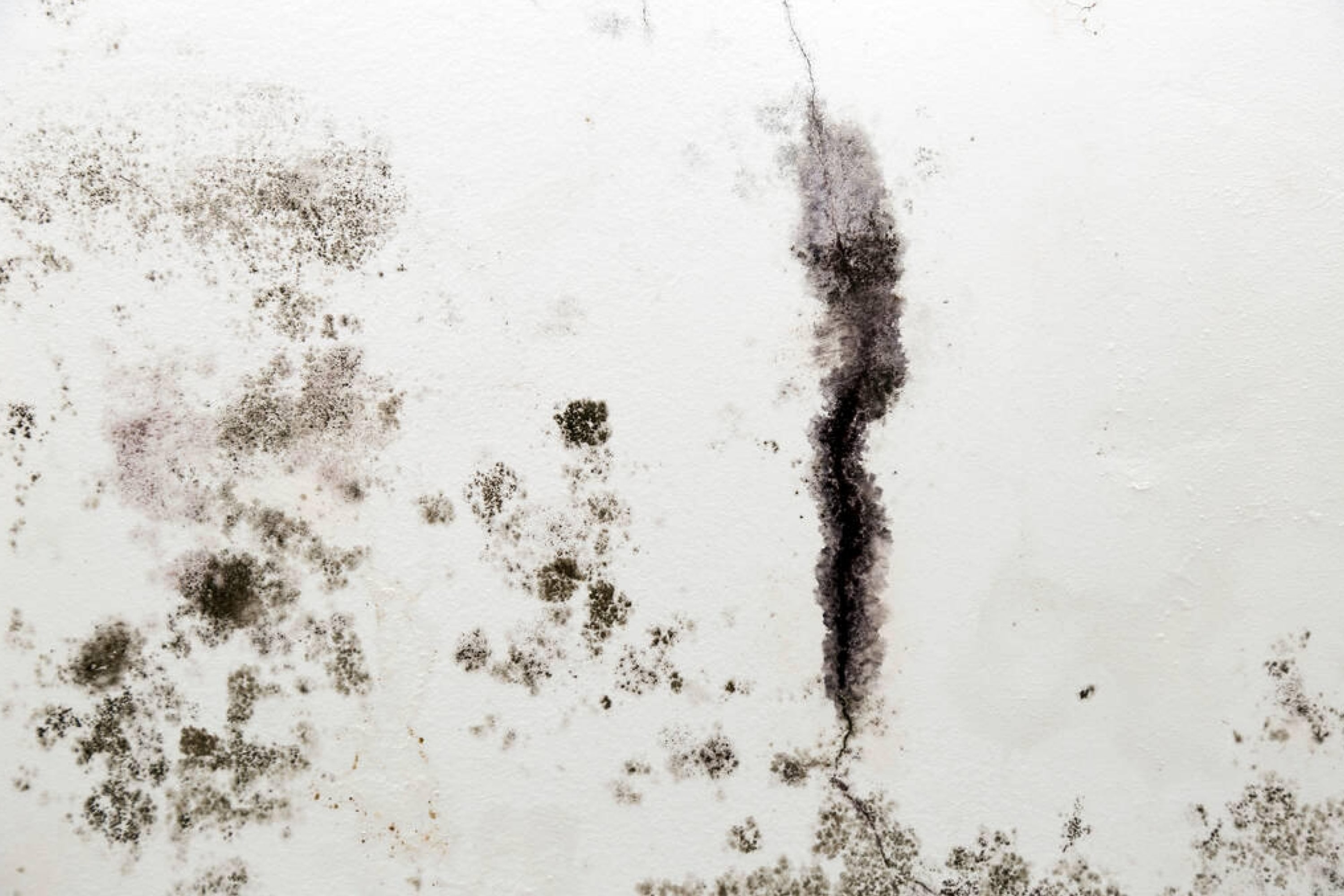
[wp-faq-schema title=”Frequently Asked Questions”]
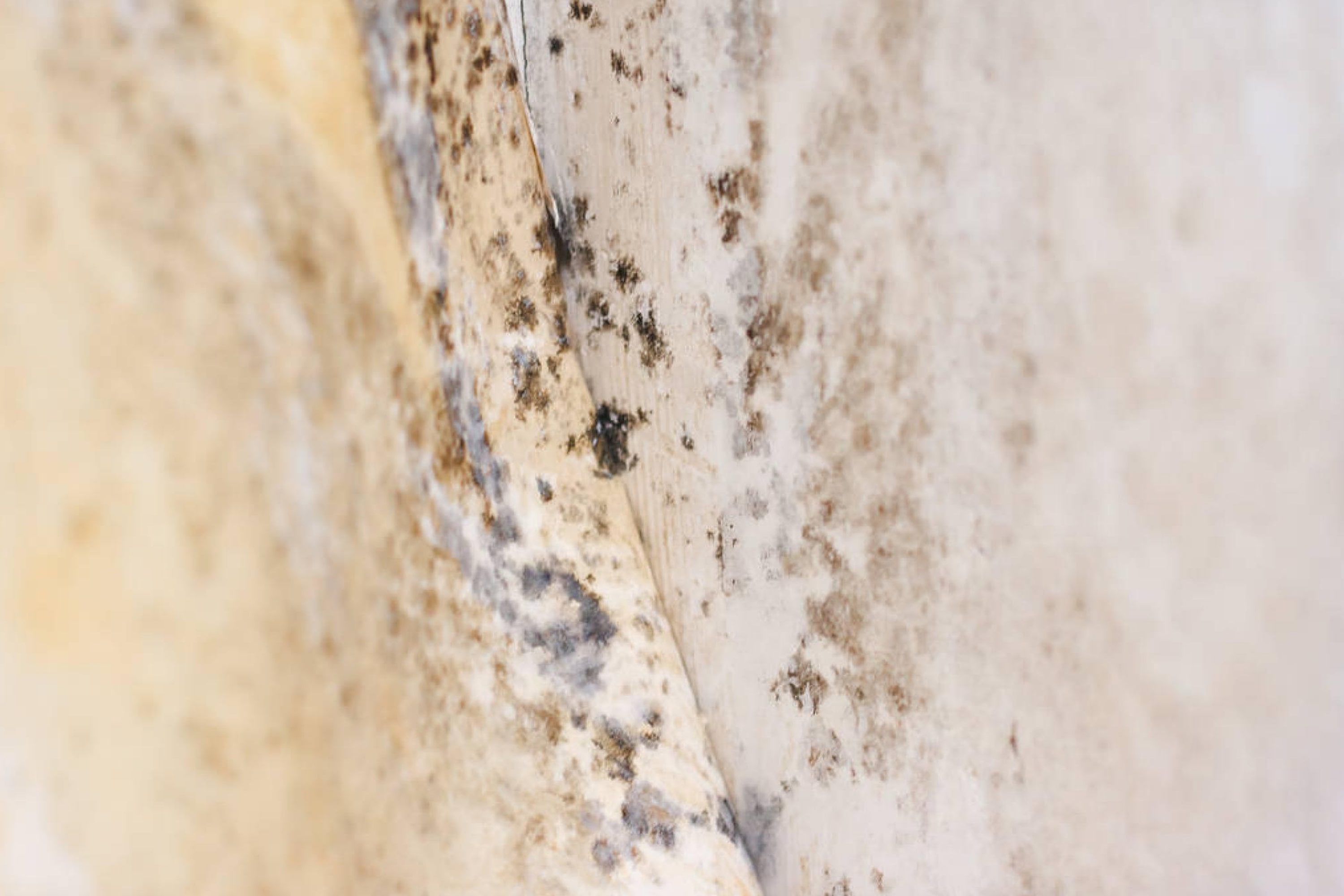
If the basement has been flooded, remove all of the water and until the basement is completely dry before you begin removing the mold. Then, remove the mold in the basement to prevent its further growth.
Hello! Yes, that’s correct. You can’t remove the mold while water is still there in your basement.
I have a basement that I use as my home studio. The problem is that the air here is very wet but there is no mold. However, I constantly sense that damp odor (I guess you know what I mean). Is there a chance that I can somehow get sick because of being in a damp space?
Hello! I can tell you that you will hardly get sick unless you already have any health issues like asthma or allergies. But you should try to get rid of that dampness! It can cause damage to the space itself.
Can mold grow in garage? I guess I can sense moldy odor in my garage but there are no mold signs and I’d even say the air is not damp.